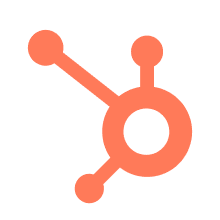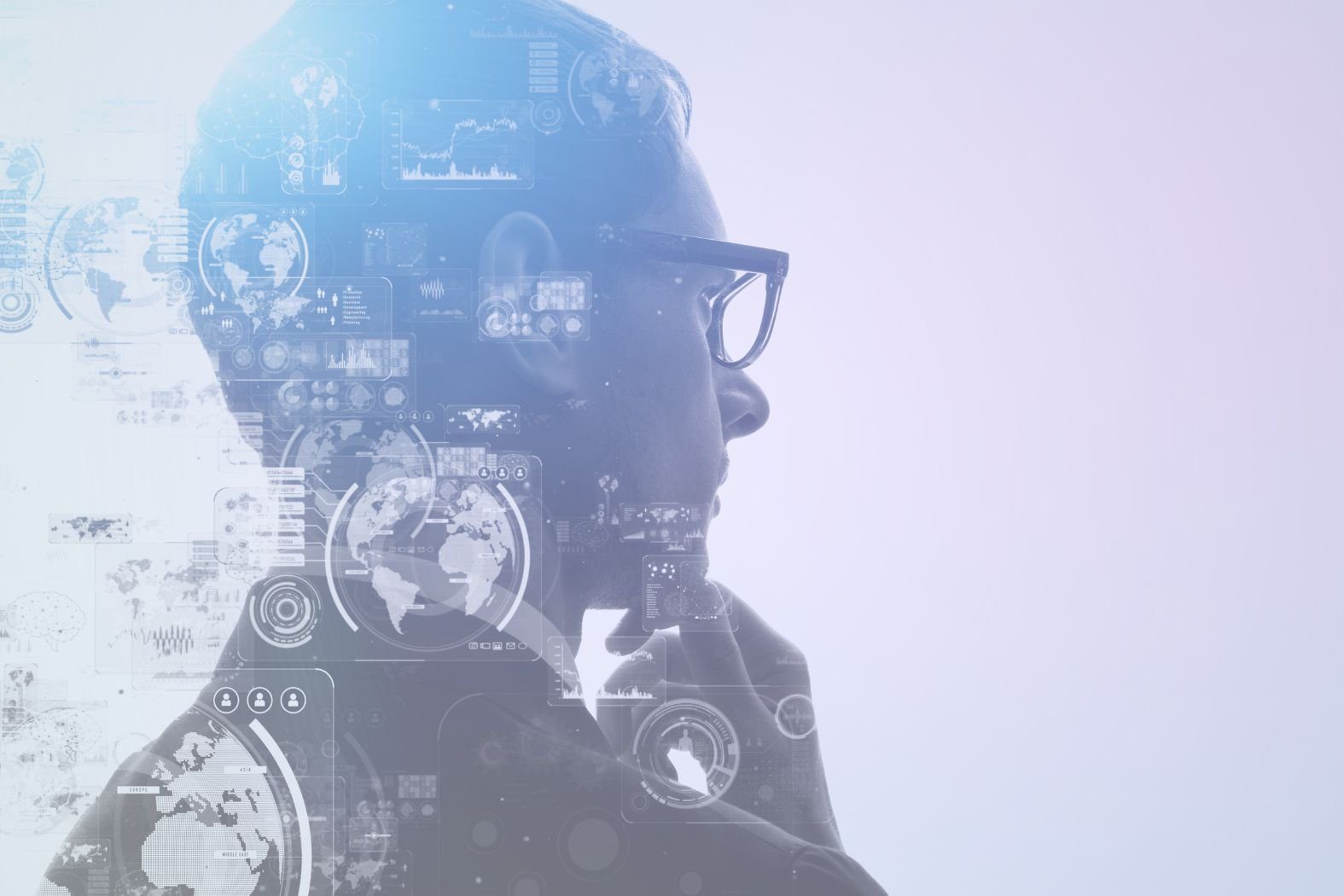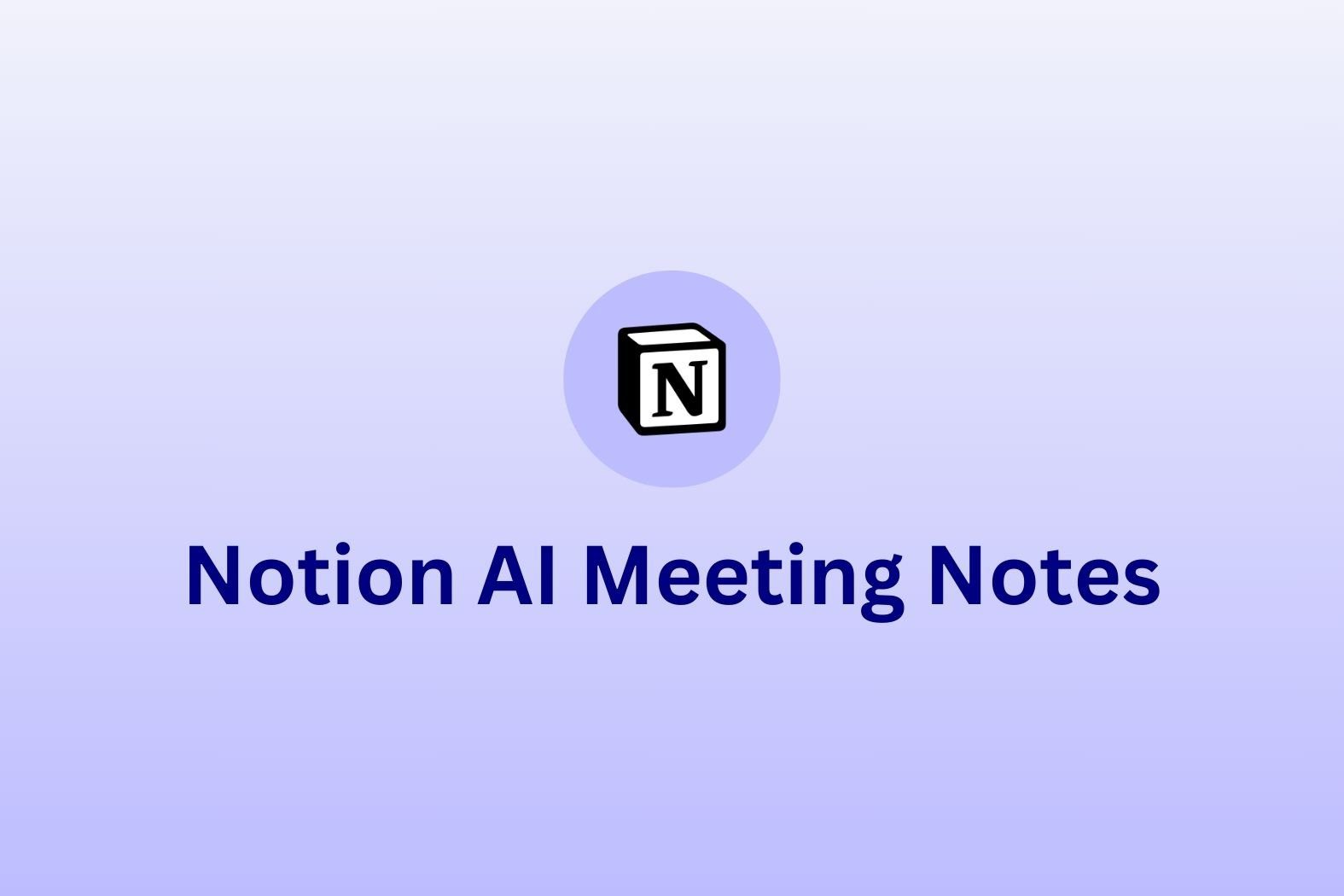AI agentic workflows are transforming industries by improving efficiency, saving time, and reducing costs. Businesses that adopt these workflows can automate mundane processes and prioritize creativity and innovation in their human workforce. On the other hand, those hesitant to embrace AI risk falling behind their competitors.
This article will dive deep into AI agentic workflows, including real-world examples, future prospects, and clearing up some common misconceptions. Let’s get started!
What Are AI Agentic Workflows?
What do we actually mean by AI agentic workflows? Anthropic defines them as, “systems where LLMs and tools are orchestrated through predefined code paths.”
Still none the wiser? It means that an agentic workflow is one where tasks are automated based on preset rules. If X happens, Y happens.
Take meetings as an example. If you have an AI agent that records your meeting, transcribes it, summarizes it, and takes notes of all the action items, an agentic workflow would be the way this is automatically emailed to all participants after the call, or the way it can be synced automatically with your CRM of choice so you don’t have to fill it out manually. It’s an automated task based on predefined rules.
AI agents, on the other hand, “are systems where LLMs dynamically direct their own processes and tool usage, maintaining control over how they accomplish tasks.
Both AI agentic workflows and AI agents can streamline your work processes and enhance efficiency, but AI agents are autonomous, whereas agentic workflows are like a domino effect of automated tasks.
In reality, the AI industry has differing opinions regarding the definition of AI agentic workflows. This is the definition we’ll focus on today.
How Are AI Agentic Workflows Different From Traditional AI Processes?
Traditional AI systems often require explicit instructions for each task, requiring a human to hold its hand every step of the way. Agentic AI systems don’t need this. They operate based on triggers, with the hand-holding being preprogrammed.
Here are some qualities of AI agentic workflows that aren’t found in other AI processes.
Autonomy. While we made the distinction between AI agentic workflows and AI agents based on autonomy, agentic workflows do display a kind of autonomy as they can act independently. They follow preset rules, so they don’t need real-time human support.
Adaptability. Like LLMs, agentic workflows can learn from interactions and modify their behavior to improve performance over time.
Proactivity. They have the initiative to anticipate needs or issues and address them before external prompts.
These characteristics enable agentic AI to handle complex, multi-step problems more effectively than traditional AI.
Business Applications and Benefits of Agentic Workflows

AI agentic workflows are revolutionizing business operations by automating complex processes. They leverage AI agents to independently execute tasks, make decisions, and optimize efficiency without constant human oversight. In short, if you aren’t using agentic workflows, you’re going to be left behind.
Let’s explore how businesses can leverage AI agentic workflows to gain a competitive edge.
Enhanced Efficiency
One of the most obvious benefits of AI agentic workflows is the automation of time-consuming and repetitive processes. Let’s face it; nobody likes to do tedious tasks that seem to drag on for an eternity. AI doesn’t get bored. It doesn’t get tired either. It can automate your workflows so you can focus on utilizing your human talents.
Unlike traditional automation, which follows rigid rule-based programming, agentic AI workflows can dynamically adjust based on real-time data. They can learn from past interactions too, making it a super valuable tool for your armory.
How It Works:
- AI agents can autonomously handle data entry, customer support inquiries, report generation, and even complex project management workflows.
- These systems integrate with existing business applications, like CRM systems, to optimize internal processes.
- AI continuously learns from previous tasks, refining workflow efficiency over time.
To give an example, imagine a customer service chatbot powered by AI agentic workflows. It doesn’t just respond to inquiries, it proactively handles escalations, personalizes interactions, and suggests resolutions based on past customer behavior.
Improved Decision-Making
AI agentic workflows go beyond basic data analysis by providing real-time insights, identifying patterns, and making autonomous decisions. Their ability to adapt on the fly makes them particularly powerful. These types of workflows don’t just recommend solutions, they take action based on predefined goals and constraints.
How It Works:
- AI agents analyze enormous datasets in real-time to provide actionable insights.
- They change business strategies based on evolving circumstances.
- These workflows can integrate with predictive analytics to anticipate future trends and challenges.
Take a financial trading firm, for example; it uses AI agentic workflows to autonomously analyze market conditions and execute trades based on real-time risk assessment and probability calculations. Anyone can build their own AI agent to do this for them too.
Cost Reduction
AI agentic workflows reduce the reliance on manual labor and minimize costly human errors. This significantly reduces business costs. Once you start to automate key processes, you can cut down on inefficiencies across the board.
How It Works:
- AI eliminates the risk of manual data entry mistakes, reducing compliance risks and costly corrections.
- Automated workflows optimize supply chain management, inventory forecasting, and fraud detection, saving even more costs.
- AI-powered systems reduce the need for large support teams by autonomously resolving issues and escalating only critical cases.
A logistics company might use AI agentic workflows to automatically route shipments based on demand forecasts, minimizing fuel costs and optimizing delivery efficiency. In theory, these could also be programmed to adapt based on extreme weather conditions or other external circumstances too.
Scalability
AI agentic workflows are inherently scalable. AI doesn’t get tired and it doesn’t get weaker by doing more tasks. It might use up more energy or require more power, but it can technically scale for enterprises.
Businesses can implement these workflows across multiple departments without needing to redesign processes from scratch. As your organization grows, so do your AI’s capabilities.
How It Works:
- AI agents can transform different areas of your business. In HR, for example, they can automate onboarding. In marketing, agentic workflows can streamline campaign management.
- Workflows adapt to increasing workloads without requiring proportional increases in human labor.
- Cloud-based AI solutions enable businesses to scale AI capabilities easily. You don’t need to invest in obscene amounts of infrastructure or run your own servers.
As an example, imagine a global e-commerce platform that initially deploys AI agentic workflows for customer service automation, then extends them to product recommendations, fraud detection, and logistics optimization. The sky’s the limit.
Examples of AI Agentic Workflows in Action
AI agentic workflows are not something futuristic. They are transforming industries right this very second. By automating complex processes and optimizing decision-making, these workflows are the beginning of an AI paradigm shift in business.
Let’s explore three key sectors where these workflows are already having an impact.
Customer Support
Imagine a business that provides highly personalized customer support 24/7, without the need for human intervention. And no, it’s not magic. It’s the power of AI agents for customer success.
Companies are deploying AI agentic workflows to handle inquiries, troubleshoot issues, and even escalate cases when necessary. Unlike traditional chatbots that follow rigid scripts, AI agents analyze user intent, learn from past interactions, and personalize responses in real-time.
80% of companies are either using or planning to use AI-powered chatbots for customer support by 2025. Of those already using AI, up to 30% of the customer support volume is handled by AI, and that number is increasing year-on-year.
Financial Services
Detecting fraud is critical in the fast-moving financial world. Traditional security measures can’t keep up with the pace of technology. AI agentic workflows, however, continuously scan transactions in real-time, identifying suspicious patterns and stopping fraudulent activity before it occurs.
This isn’t just talk. The financial sector spent $35 billion on AI in 2023, with banks accounting for $21 billion of that.
Healthcare
Hospitals often struggle with patient flow and resource allocation, leading to overcrowding and long wait times. AI agentic workflows help streamline these processes by dynamically assigning beds, scheduling staff, and prioritizing patient care based on urgency.
While this isn’t in place yet for any large-scale hospitals, it’s only a matter of time. According to a study, 50% of consumers prefer using AI for basic tasks like scheduling appointments. If properly adopted, this will reduce wait times and lower the administrative workload of hospital staff.
Meetings
Meetings are being completely transformed by AI agentic workflows. With tl;dv, for example, you can get your meetings recorded, summarized, transcribed, and have all the key action items jotted down by AI while you focus on the conversation. But that’s not the best part…
tl;dv’s AI can automate your workflow, automatically filling in your CRM after customer-facing calls. It can add tasks to your other documentation tools too, based on conversational context it’s picked up on during the call.
Additionally, you can schedule recurring reports to get sent to your inbox on a regular basis that suits you best. These reports have multi-meeting intelligence, meaning the AI can analyze multiple calls across your business at once, identifying trends and patterns throughout. If you have a specific keyword or topic you want to receive reports about, you can.
In short, tl;dv’s AI agentic workflow makes your communications simple again. Neither you nor your team need to waste manual hours rewatching calls, filling in CRMs, or scanning transcripts again. Take a look at the best AI agents for meetings to find out more ways in which combining AI with meetings is a game-changer.
What Does the Future Hold for AI Agentic Workflows?
Agentic AI is here to stay. With the amount of benefits it provides, it can’t not stay. Not only that, but it will evolve even more. ChatGPT is only a few years old and we already have agentic RAG (retrieval-augmented generation), AI agents that increase sales, and the ability to quickly and easily build your own agents.
Everything points toward deeper integration into various sectors, including healthcare, finance, and logistics. Future developments may lead to:
Increased Autonomy. Imagine AI agents that are capable of handling more complex tasks with minimal human intervention.
Enhanced Collaboration. Over time, the interaction between human workers and AI agents will become more seamless and streamlined. This will result in better outcomes for all involved.
Ethical and Secure Systems. More robust frameworks will emerge, ensuring that AI agents operate within ethical guidelines and maintain data security. This may come in the form of decentralized, open-source AI.
As AI agentic workflows evolve, they will likely become more sophisticated in handling complex tasks. You’ll be getting greater autonomy, real-time decision-making, and enhanced collaboration between humans and AI agents.
Common Misconceptions around AI Agents and Agentic Workflows
Tons of advantages get unlocked when you implement AI agentic workflows. However, there are several misconceptions that persist despite these. From misunderstanding agentic autonomy to assuming it can be universally applied, let’s clear up some of these misconceptions here.
Complete Autonomy. While agentic AI systems operate with a high degree of independence, they are designed to complement human efforts, not replace them entirely. It’s by using autonomous agents and workflows that you unlock the power of productivity and creativity for your human workforce.
One-Size-Fits-All. Agentic workflows must be tailored to specific business needs. They cannot be universally applied without customization. This is a good thing, as it means you can get the AI to work for you and fulfill your needs, rather than try to adjust your business to fit the parameters of AI.
Immediate Implementation. Developing and integrating agentic AI requires careful planning, resources, and time to ensure alignment with organizational goals. It isn’t implemented with a click of the fingers.
- Bias and Objectivity. There’s a persisting myth that AI is unbiased, but we need to remember that it was programmed by people. Humans are inherently biased, and whether intentional or not, this bias seeps into the code.
- Computing Power. While complex AI models can be resource-intensive, many cloud-based solutions make AI workflows accessible to businesses of all sizes. Agentic workflows are not limited to massive enterprise-scale businesses. Anyone can get started with them.
- Mistake-Free. AI agentic workflows are not infallible. They’re powerful, but they require human oversight, continuous training, and regular updates to function optimally.
It’s crucial for businesses that want to implement AI agentic workflows to understand these nuances. Adopting these workflows with confidence is a big step in the direction of efficiency, autonomy, and scalability.
Embracing AI Agentic Workflows Today
AI agentic workflows are no longer a concept of the future — they are actively transforming industries today. Businesses that embrace this technology early will gain a competitive edge through increased efficiency, improved decision-making, and cost savings.
The key to success lies in identifying the right use cases for your business, ensuring proper oversight, and continuously refining AI-driven processes. Whether you’re in customer service, finance, healthcare, or another industry, now is the time to explore how AI agentic workflows can optimize your operations and drive innovation.





